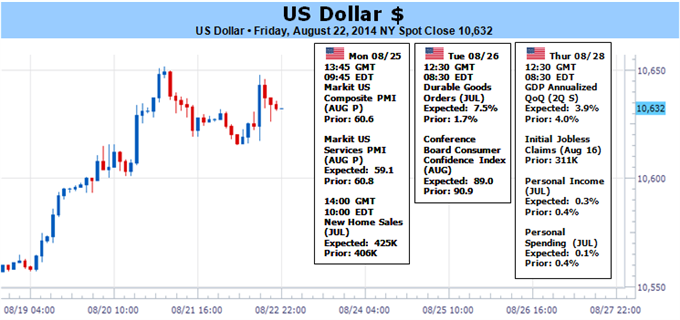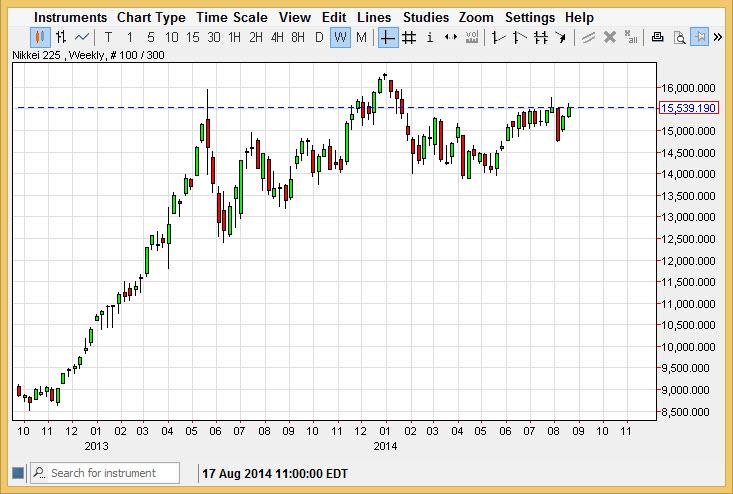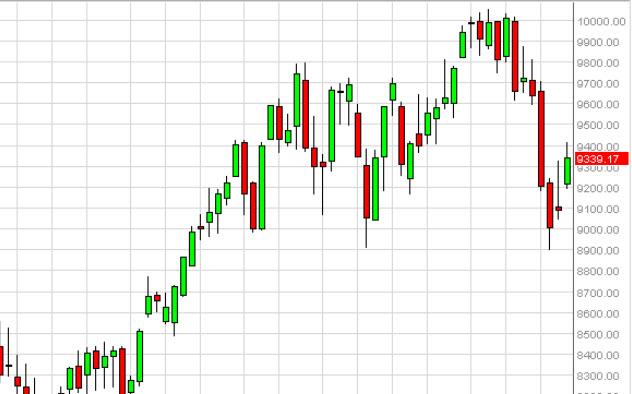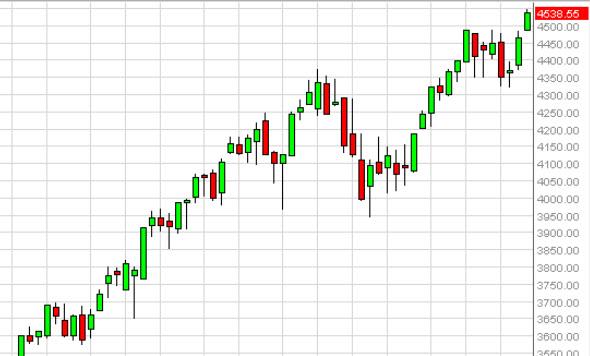Forex Weekly Outlook August 25-29
The dollar dominated once again, with multi-month gains against major currencies. Is it time for a correction or will this trend continue? German Ifo Business Climate, US housing data, Durable Goods Orders and GDP are amongthe highlights of this week. Follow along as we explore the Forex market movers coming our way.
This was quite a week in financial markets: upbeat US data (especially housing) pushed the dollar higher, and it later got a boost from the not-too-dovish FOMC minutes. In Jackson Hole, Janet Yellen’s much awaited speech did not contain any major surprises, and that was enough to keep the ball rolling for the US dollar. EUR/USD dropped to an 11 month low, also due to ongoing tensions around Ukraine and despite not-too-shabby PMIs. The pound was hit hard by weak inflation and despite two members voting for a rate hike. The Aussie showed resilience, defying a weak Chinese figure.
- German Ifo Business Climate: Monday, 8:00. German business mood continued to deteriorate in July reaching a worse than estimated reading of 108.0, following 109.7 reading posted in June. Tensions in Ukraine and the Middle East remained the chief concern of German businesses. Easing economic momentum after a strong first quarter also contributed to this fall. Domestic activity remained elevated pointing to growth. Business climate is expected to fall to 107.1 this time.
- US New Home Sales: Monday, 14:00. The U.S. housing market was unable to gain traction in June posting a lower than expected annualized pace, reading of 406,000 from 442,000 in May. Analysts expected sales to pick up to 485,000. Restrictive lending rules, limited land supply and higher mortgage rates weigh on the housing market. Federal Reserve Chair Janet Yellen expressed her concern that the industry is underperforming. New home sales is forecasted to reach 426,000 in July.
- US Durable Goods Orders: Tuesday, 12:30. Orders for long-lasting U.S. manufactured goods edged up more than expected in June rising 0.7% amid a rise in demand from transportation to machinery and computers and electronic products. The reading was well above predictions of a 0.4% rise following May’s 0.9% decline, suggesting a growth trend in the economy at the end of the second quarter. Meanwhile Core orders picked up 0.8% after a flat reading in May, while expected to gain 0.6%. Orders for durable goods are expected to pick-up 7.4% in July, while Core orders are predicted to gain 0.5%.
- US CB Consumer Confidence: Tuesday, 14:00. US consumer confidence rose in July to a nearly seven-year high, reaching 90.9, the highest since October 2007. This increase was higher than the 85.5 anticipated by analysts and followed 86.4 points posted in July. The labor market growth trend had a positive effect on consumer spending and equity markets remain strong. Nevertheless, the Federal Reserve policy makers are forecast to keep interest rates low well into 2015 even as they stop monetary stimulus. Consumer confidence is expected to reach 89.1 this time.
- US GDP: Thursday, 12:30. The US economy grew at annualized pace of 4% in Q1, according to the initial publication. This was certainly encouraging, especially after a significant contraction of 2.1% in Q1 (after yet another revision). The second estimate of GDP is expected to show a minor tick down to 3.9%. Components of growth will also be watched: more consumption and investment will cheered upon, while a buildup of inventory will not be very encouraging
- US Unemployment Claims: Thursday, 12:30. US Jobless claims fell by 14,000 to 298,000 last week showing the labor market is making progress hand in hand with the growth momentum in the US economy. Last week’s reading was much better than the 302,000 reading expected by analysts. The four week average of claims, a less volatile measure than the weekly figures, increased to 300,750 last week from 296,000. The number of people on jobless benefit rolls dropped by 49,000 to 2.5 million in the week ended Aug. 9, posting the lowest level since June 2007. Jobless claims are predicted to rise 299,000 this week.
- US Pending Home Sales: Thursday, 14:00. The number of contracts to buy previously owned homes declined 1.1% in June, following a 6.0% gain in May, worse than the 0.2% decline forecasted by analysts. The unexpected fall indicates residential housing is struggling to gain momentum. Limited availability of credit and sluggish wage growth were the main cause for this setback, making it harder for potential buyers to close real estate deals. Federal Reserve Chair Janet Yellen has underlined the sluggish state of the housing market. Analysts believe, the housing market will not get better until a more substantial improvement will occur in the labor market and wage growth. Pending Home Sales are expected to rise 0.6%.
- Canadian GDP: Friday, 12:30. The Canadian economy expanded in May at the fastest pace in four months rising 0.4% amid a surge in car production. The increase followed a 0.1% gain in April. Analysts expected a smaller rise of 0.3%. Canada registered the fifth consecutive monthly gain, indicating the economy is getting stronger. The central bank estimates a 2.5% gain in the April-to-June period. Manufacturing increased 0.8%, led by a 13% climb in motor vehicle production. Wholesalers registered a 1.2% gain in output in May, making the sector the second largest contributor of growth during the month. The expansion was visible across the board. The economy’s growth rate is expected to reach 0.3% now.


 LinkBack URL
LinkBack URL About LinkBacks
About LinkBacks





 Reply With Quote
Reply With Quote










Bookmarks